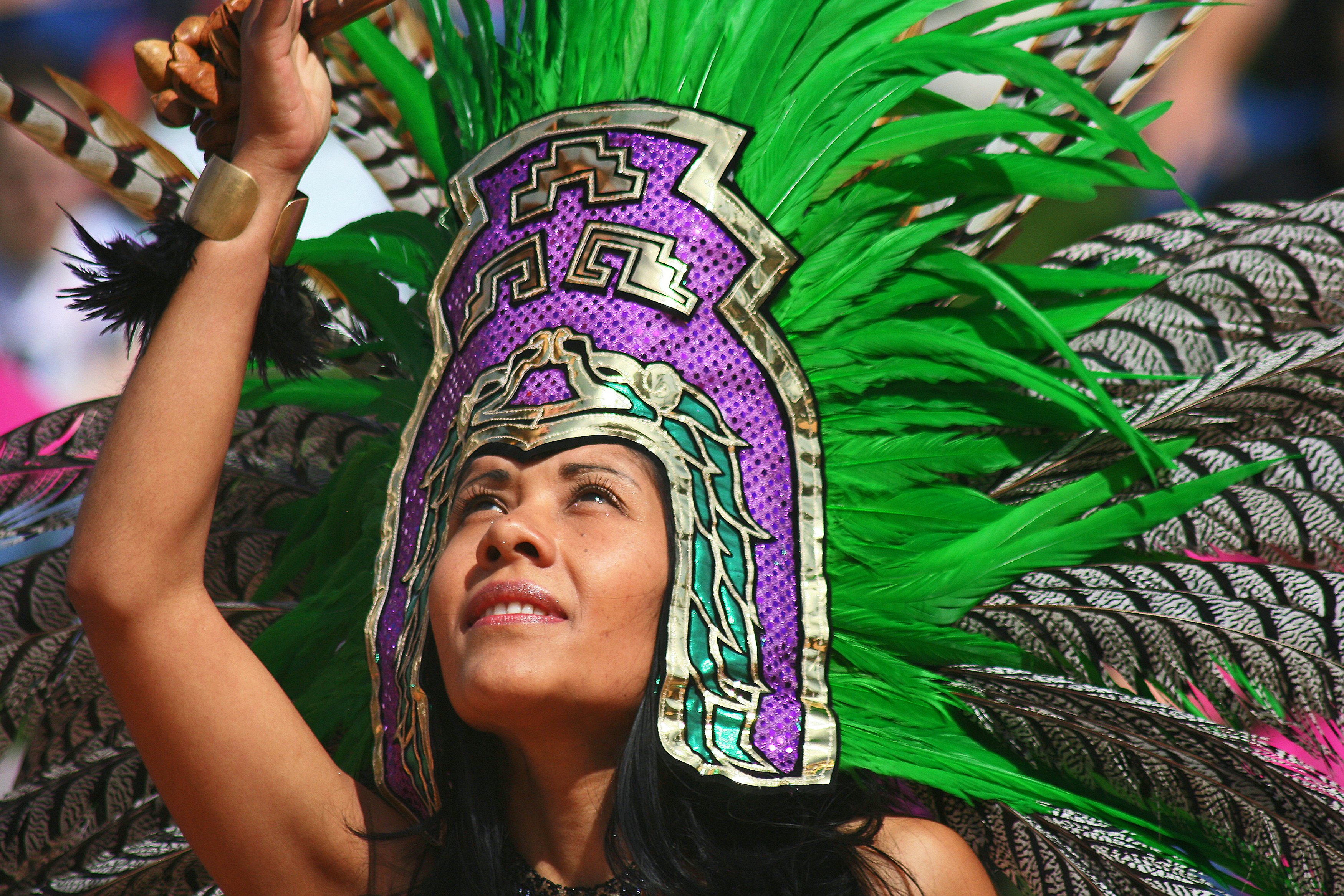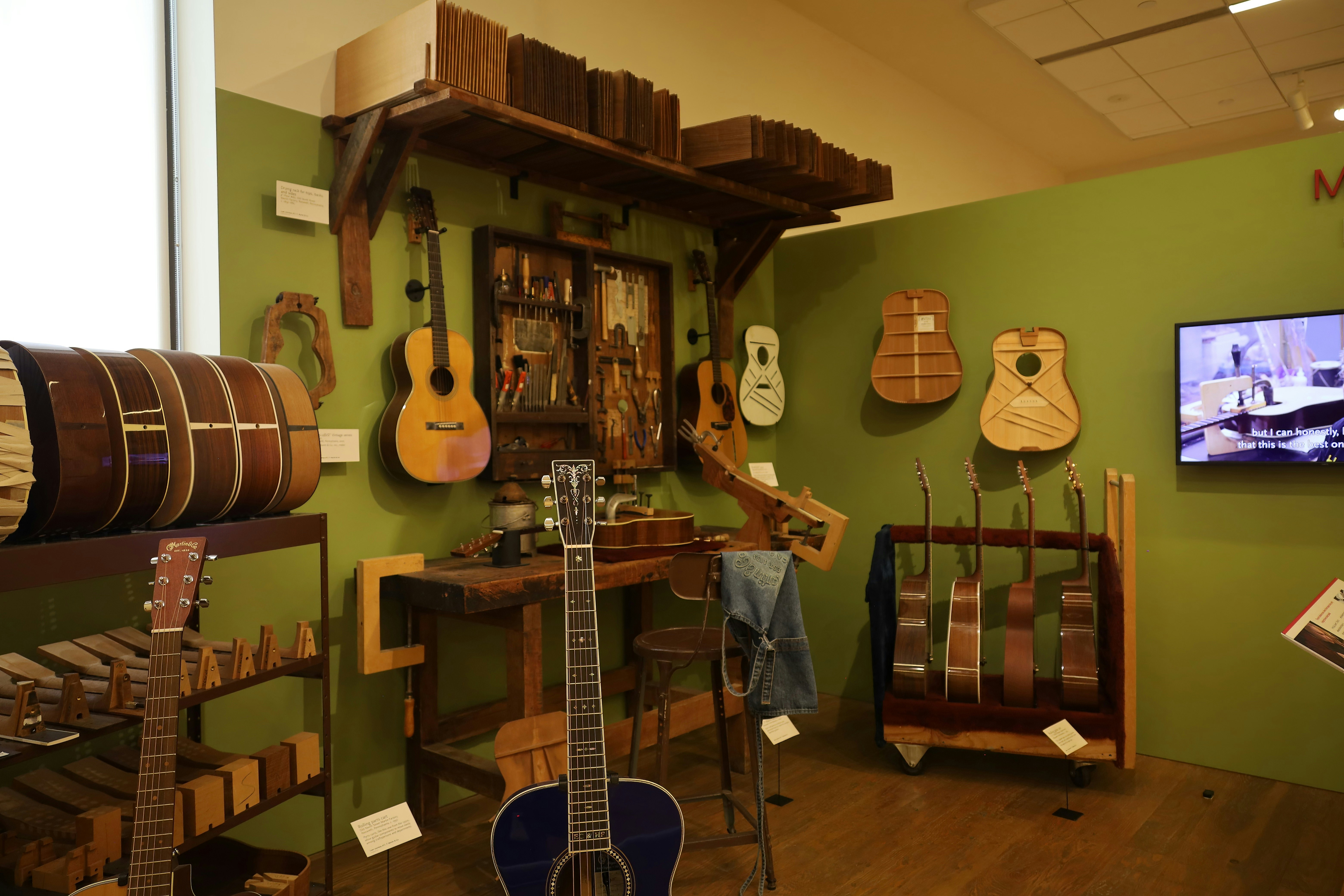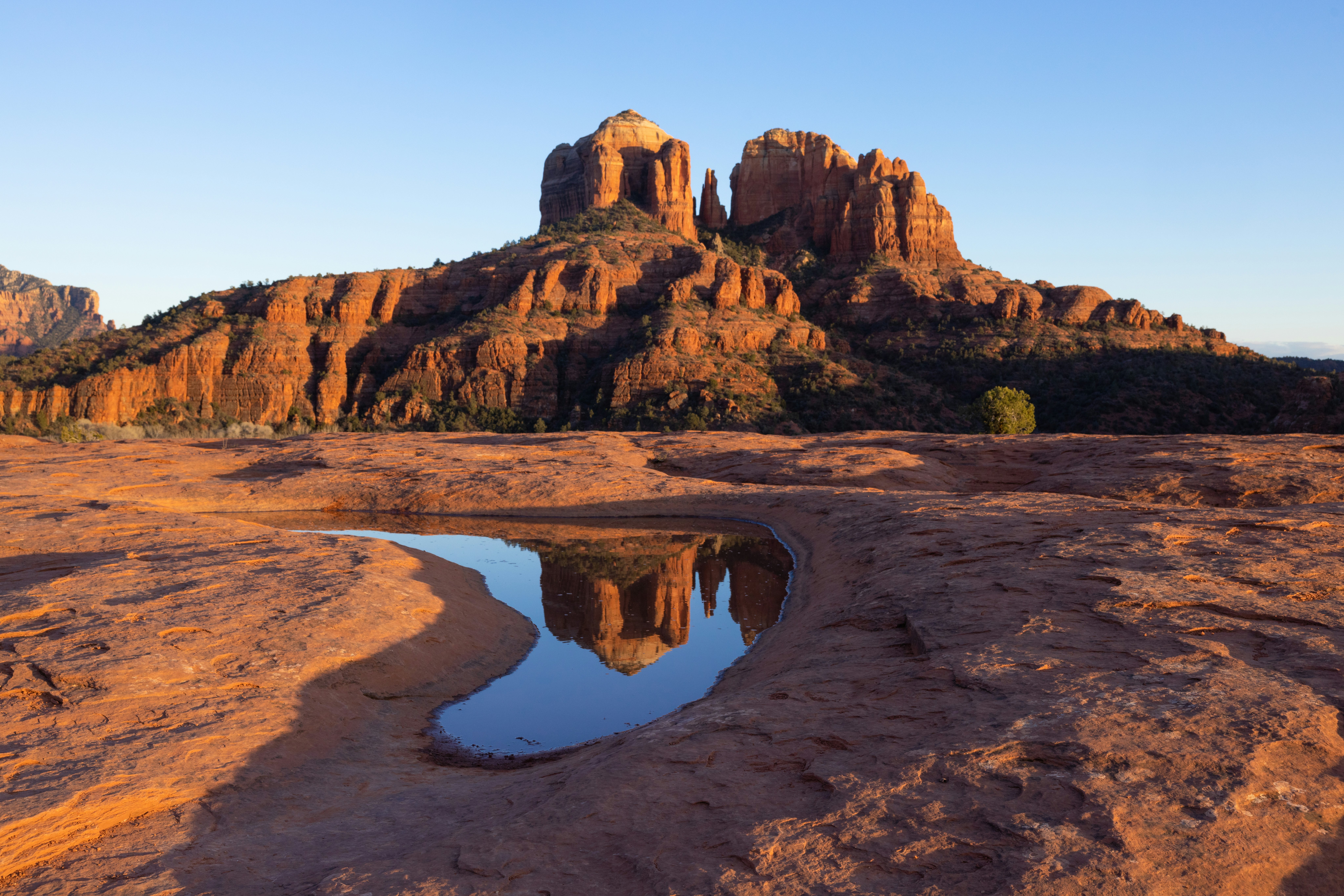
The 30 best countries, cities and regions to visit in 2025
Sponsored by
Mar 15, 2023 • 10 min read

A Southwestern road trip starting in Arizona features special destinations where history, culture, and spirituality intersect © John Burcham / Lonely Planet
The rich history and heritage of the Southwest is ripe for exploration – whether it’s visiting fascinating ruins, vibrant museums, and art galleries, or simply soaking up the sun in the Sonoran Desert. Here, warm people and unique traditions are nestled within some of the most varied and captivating landscapes in the United States.
Starting from Phoenix, an epic road trip through Arizona, Colorado and New Mexico can take you to special destinations where history, culture, and spirituality intersect. This itinerary connects places significant to the resident Native American tribes, where you can learn about the traditions of the Navajo, Sinagua and Pueblo. You’ll also visit cliff dwellings and petroglyphs for insight into the lives and cultures of the ancient indigenous communities. And you’ll even travel along parts of Route 66, providing a connection to road trips of the past.
Make sure to take your time. Native, Spanish, Mexican, and American traditions have come together to create a rich tapestry of heritage – one that rewards unhurried exploration and mindful appreciation.

With its year-round sunny weather, vibrant city life, and easy access to the region, Phoenix is the perfect starting point for a cultural road trip of the Southwest. But before you hit the road, there’s plenty to see and do in the city itself.
The world-renowned Heard Museum showcases the art, culture, and history of the Southwest's Native American communities, including the Hopi, Navajo, and Pueblo tribes. Not far away is the Pueblo Grande Museum, an archaeological site and museum, which gives a glimpse into the lives of the ancient Hohokam people who lived in the Phoenix area more than 1,000 years ago.

Also in Phoenix, the Musical Instrument Museum is a must-visit for music lovers. With more than 6,000 instruments arranged in regional galleries including the Experience gallery where guests can make music themselves, it offers an immersive look at diverse musical traditions from around the world. From ancient instruments to modern masterpieces, MIM showcases the art, science, and history of musical expression.

The drive: From Phoenix head north on I-17 about 116 miles toward Sedona (two hours). Along the way, stop by Montezuma Castle, well-preserved cliff dwellings that offer a glimpse into the lives of the Sinagua people who lived in the area over 700 years ago. Another great place to stretch your legs, a few miles off I-17, is Jerome – this former mining town turned eclectic artist community is perched on a steep hill with stupendous views of the Verde Valley and is one of the most unique towns in the Southwest.

For many, Sedona is a spiritual haven due to the presence of powerful energy vortexes that can be felt throughout the area. Whether that’s true or not, when you’re surrounded by massive red rock formations, majestic canyons, and the glistening waters of Oak Creek, Sedona offers a chance to connect with nature in a profound way.

Whether you're interested in meditation, yoga, psychic readings, or other forms of modality – or simply taking a hike through the magnificent scenery – Sedona is a place where you can connect with yourself and find a sense of peace and renewal. Spiritual seekers flock here for the many wellness spas, which purport to harness the natural energy of the vortexes and create transformative experiences. One such operator is Sedona Soul Adventures, which practices intentional healing – magnifying spiritual energy to boost the restoration and renewal process.
Other spiritual sites include the Chapel of the Holy Cross – Built into the red rock formations, the chapel offers panoramic views and is a place of peaceful reflection and contemplation for visitors of all beliefs. Nearby, the iconic Cathedral Rock formation is considered one of the most powerful vortexes in Sedona. Bell Rock is yet another famous rock formation and is considered to have intense radiating energy.

Native Americans have a long and significant history in this area as well, and you can still see the remains of hundreds of years of habitation. Tuzigoot National Monument features the remnants of a pueblo village built by the Sinagua people more than 900 years ago and a deep look into the cultural history of the region. Two nearby ancient cliff dwellings are also fascinating: the Palatki Heritage Site features well-preserved petroglyphs and pictographs, and the remains of rooms carved into the cliff face, and the Honanki Heritage Site is one of the largest and best-preserved cliff dwellings in the area. Finally, Verde Valley Archaeology Center and Museum has artifacts dating back 800 years, from many of the ancient sites around Sedona.
The drive: Continue on 89A North toward Flagstaff (30 miles, about an hour), then continue on 89 North and 160 West to Tuba City (78 miles, an hour and a half).

The drive between Sedona, Flagstaff and Tuba City features several noteworthy stops along the way. Don’t miss Walnut Canyon National Monument, a historic site near Flagstaff that contains the remains of an ancient Sinagua settlement, complete with cliff dwellings and other architectural structures. Also near Flagstaff is the Wupatki National Monument, featuring the ruins of ancient Puebloans, including a large multi-story structure dating to the 12th century.
Since you’re in the neighborhood, stop at nearby Sunset Crater Volcano National Monument, to see how an eruption nearly 1,000 years ago left behind unique geological formations and destroyed ancient structures built by native peoples.

Did you like Sedona? Then you won’t believe the Painted Desert. Located near Tuba City and spanning more than 160 miles, the Painted Desert gets its name from the many colors filling the landscape, from shades of gray to vibrant oranges and pinks. The terrestrial vistas could be from a Mars movie set, with its sea of hilly crevices and barren surfaces.
The drive: From Tuba City, turn East and head into Colorado via US-160 (200 miles, a little over three hours)

Mesa Verde National Park, Colorado – with its towering cliffs, rolling mesas, and dramatic views – is a stunning landscape for visitors. But it is also the home of the Ancestral Puebloans, who inhabited the area from 600 to 1300 AD and built elaborate cliff dwellings and villages throughout the region. Today the park offers a unique opportunity to learn about their history, culture, and spiritual beliefs, and their rich traditions of art, architecture, and community.
The Pueblo people believed in a pantheon of spirits centered on nature and its forces, and held ceremonies and rituals to honor those spirits. They also had a unique architectural style, that reflected the Pueblo people's connection to the natural world.
The result was multi-story cliff dwellings and pueblos made of stone and mud – structures that were both functional and aesthetic.

Many of the traditions of the past can still be seen in the various Native American communities of today. Pottery making techniques have maintained intricate, colorful, and distinct designs for generations. Kachinas dolls (carved wooden figures) play an important role in traditional ceremonies, which are held several times a year in conjunction with the harvest seasons. Rug- and jewelry-making techniques have also been passed down and are shared by most tribes.
To see and experience these native traditions for yourself, visit the Notah-Dineh Trading Co. & Museum in nearby Cortez, Colorado.
The drive: From Mesa Verde travel east on 160, then south on 140. Across the New Mexico border the road becomes 170. Then, head east on 574/550 toward Chaco Canyon. Along the way, stay at Blue Lake Ranch, just south of Hesperus off 140. For the final approach to Chaco Canyon, you’ll follow a rugged dirt road for about 20 miles, but once you’re in the park the roads are paved.

Located in northwestern New Mexico, Chaco Canyon is home to another Ancestral Puebloan civilization, and was a hub of religious and trade activities from the 9th to the 13th centuries. Designated as a UNESCO World Heritage Site in 1987, the park is considered one of the most important archaeological sites in the U.S. It’s home to several well-preserved structures, including the famous Pueblo Bonito, a multi-story dwelling with more than 800 rooms.
To this day there are many unanswered questions about Chaco Canyon – most notably, why did the Ancestral Puebloans settle in an area with no water, vegetation, resources or wildlife?

Along with the history on display, the park also offers hiking trails, scenic drives, and ranger-led programs. Consider camping to take in the dark skies – ranger-led activities include an astronomy viewing program with telescopes provided.
The drive: Take I-25 North to Santa Fe, 180 miles, 3.5 hours. On the way, stop by Bandelier National Monument. This park features more of the well-preserved homes and villages of the ancestral Puebloans who inhabited the region. Highlights include the Alcove House, a multi-room structure built into a cliff face, and the Tyuonyi Pueblo, which is a large, multi-story village.

Santa Fe is a city steeped in history and culture. Founded in the early 1600s, it is the oldest capital city in the United States, with deeply intertwined traditions stemming from Spanish, Mexican, and Native American roots. Today, Santa Fe is also known for its extraordinary arts and culinary scenes, including world-class museums, galleries and restaurants.
Originally a Pueblo Indian footpath and later the main street through a Spanish farming community, Santa Fe's most famous art avenue embarked on its current incarnation in the 1920s. Today Canyon Road is a top attraction, holding more than a hundred of Santa Fe's 300-plus galleries. The epicenter of the city's vibrant art scene, it offers everything from rare Native American antiquities to Santa Fe School masterpieces and in-your-face modern work.
A separate cluster of wonderful museums awaits on Museum Hill, a short drive to the southeast. It’s home to the Museum of Spanish Colonial Art; the Wheelwright Museum of the American Indian; the Santa Fe Botanical Garden; and the International Folk Art Market, but the crown jewels of the collection are the Museum of Indian Arts & Culture and Museum of International Folk Art. The former traces the origins and history of the various Native American peoples of the entire Southwest, while the latter displays whimsical and mind-blowing objects from more than 100 different countries.
Santa Fe is also home to several historic landmarks, including the San Miguel Mission, the oldest church in the United States, and the Palace of the Governors, a museum housed in a building that has served as the seat of government for the state of New Mexico for more than 400 years. Whether you're interested in history, art, or cultural experiences, Santa Fe is an essential stop.

If you’re ready for even more cultural explorations, consider these sites, just a day trip away from Santa Fe:
Canyon de Chelly is considered sacred by the Navajo, who have lived in the area for centuries and see it as a place of spiritual power and cultural significance. Recognized as one of the longest continually inhabited landscapes in North America, today you can see pueblo ruins built between 350 and 1300 AD, as well as a contemporary Navajo community that still inhabits the canyon floor. The canyon is also home to several Navajo-owned and operated tour companies, such as Canyon De Chelly Tours, which offer explorations of Navajo culture, history, and spirituality.

Acoma Pueblo (also known as Sky City) is another one of the oldest continuously inhabited communities in the United States, dating back more than a thousand years. The pueblo is built atop a mesa rising more than 360 feet above the landscape, with stunning views of the surrounding mountains and desert. A tight-knit community of Native American residents practice their traditional customs and beliefs here, and visitors can tour the pueblo, attend events and festivals, and purchase traditional art from local vendors.
As a travel entertainment and inspirational media outlet, we sometimes incorporate brand sponsors into our efforts. This activity is clearly labeled across our platforms.
This story was crafted collaboratively between Arizona Office of Tourism and Lonely Planet. Both parties provided research and curated content to produce this story. We disclose when information isn’t ours.
With sponsored content, both Lonely Planet and our brand partners have specific responsibilities:
Determines the concept, provides briefing, research material, and may provide feedback.
We provide expertise, firsthand insights, and verify with third-party sources when needed.